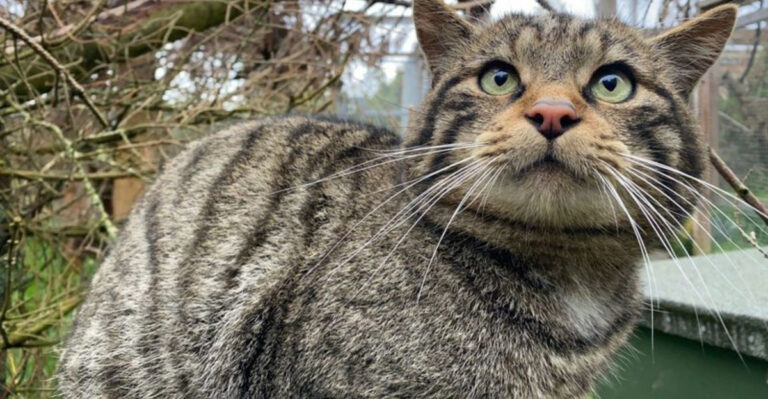Can Cats Shed Tears Of Sadness?

Many cat owners have witnessed their feline friends with watery eyes and wondered if their pets are shedding tears of sadness.
This common question touches on how cats express emotions compared to humans. Understanding the truth about cat tears helps us better interpret our furry companions’ feelings and know when they might need our attention.
1. Emotional Expression In Cats
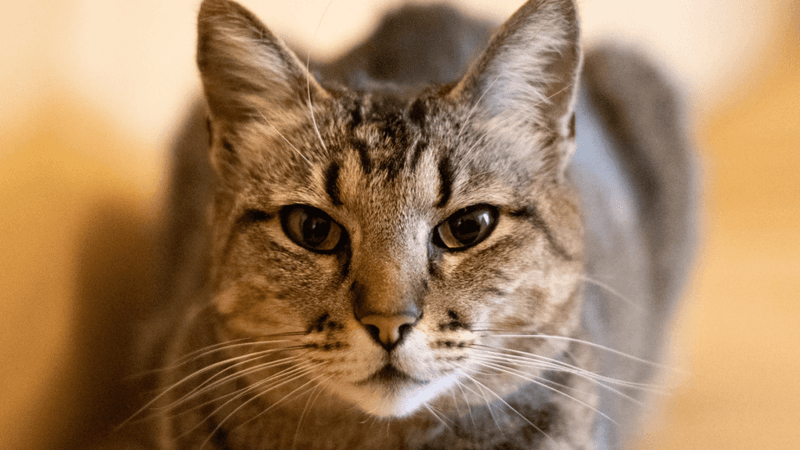
Cats experience a range of emotions including joy, fear, and sadness, but their emotional expression differs dramatically from humans. Unlike people, cats don’t shed tears when feeling blue.
Evolution equipped felines with other communication methods – body language, vocalizations, and behavioral changes signal their emotional state. Your kitty might seem tearful, but those droplets serve a different purpose entirely.
2. Tears For Eye Health
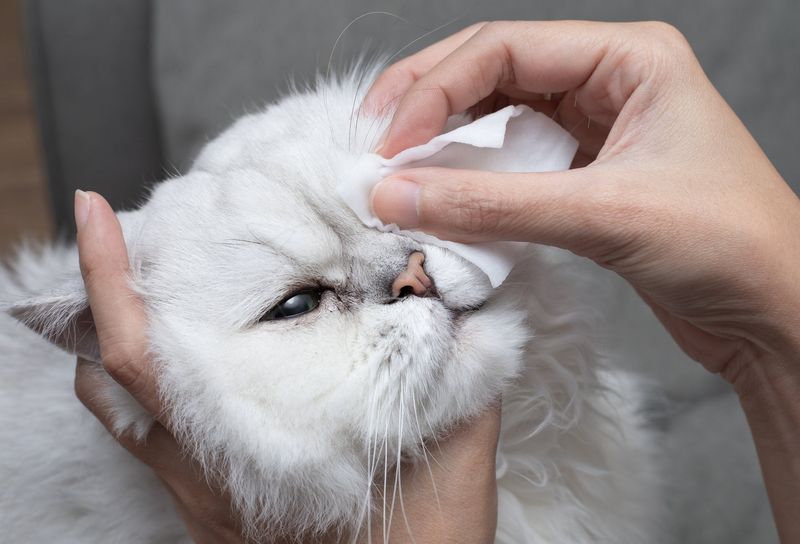
Your cat’s tears actually serve as a maintenance system for healthy eyes. The lacrimal glands produce fluid that lubricates the eyeball, washes away irritants, and helps prevent infections.
Without this natural cleaning mechanism, cats would suffer from dry, irritated eyes. When you notice moisture around your cat’s eyes, it’s typically this normal eye-cleaning process at work, not an emotional response to feeling sad.
3. Behavioral Signs Of Sadness
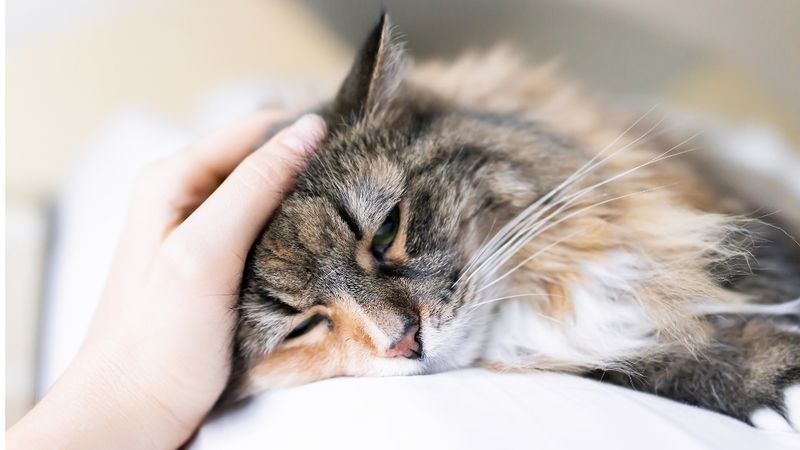
Felines communicate distress through behavioral changes rather than tearful displays. A sad cat might withdraw from social interaction or hide in unusual places. You might notice decreased grooming, loss of appetite, or excessive sleeping.
Some cats become unusually vocal or clingy when upset. Recognizing these subtle shifts helps attentive owners identify when their cat is experiencing emotional difficulties, allowing for appropriate comfort and care.
4. Cats Don’t Cry From Grief
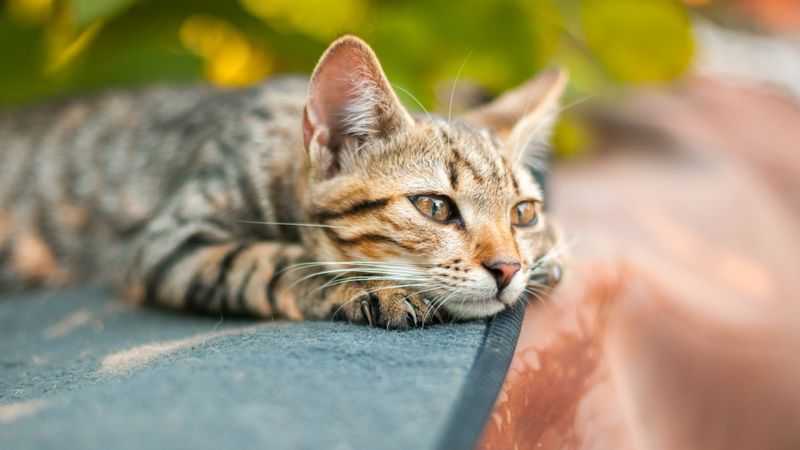
When cats lose a companion or experience significant change, they certainly feel grief. A mourning cat might search for their missing friend, call out, or show disinterest in previously enjoyed activities.
Research confirms cats form emotional attachments and feel loss deeply. However, their grief process never involves emotional tears. Their watery eyes during stressful periods stem from physical reactions to stress hormones affecting tear production, not from sadness itself.
5. Tear Production And Health Issues

Excessive tearing often signals health concerns that need veterinary attention. Epiphora, the medical term for overflowing tears, can result from allergies, eye infections, or blocked tear ducts.
Flat-faced breeds like Persians commonly experience tear staining due to their facial structure. Brown streaks beneath the eyes indicate chronic tearing, not emotional distress. When your cat’s eyes water persistently, schedule a vet visit to identify the underlying cause.
6. Stress And Anxiety Tears
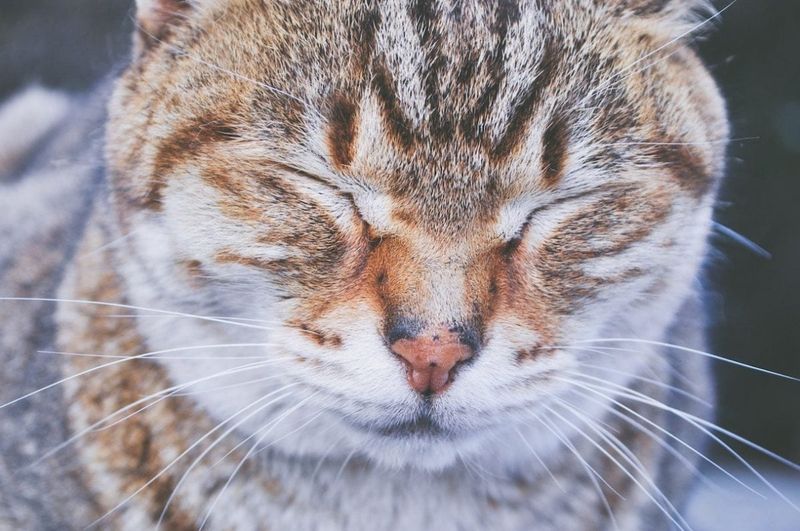
During highly stressful situations like vet visits or moving homes, your cat’s eyes might water more than usual. This physical response happens when stress hormones trigger changes in bodily functions.
The autonomic nervous system activates during anxiety, potentially increasing tear production. While these tears coincide with emotional distress, they’re not emotional tears as humans experience them. They’re simply a physiological response to stress, similar to increased heart rate.
7. Cats And Purring

Surprisingly, cats often purr when they’re uncomfortable or in pain. This self-soothing mechanism helps them regulate emotions and even promotes healing through vibration frequencies.
While humans might cry when upset, cats activate their built-in comfort system instead. The gentle rumble that vibrates through their body releases endorphins, creating a natural coping mechanism. Your cat’s purring during illness or distress represents their unique emotional response system at work.
8. Sociable Cats Show Affection
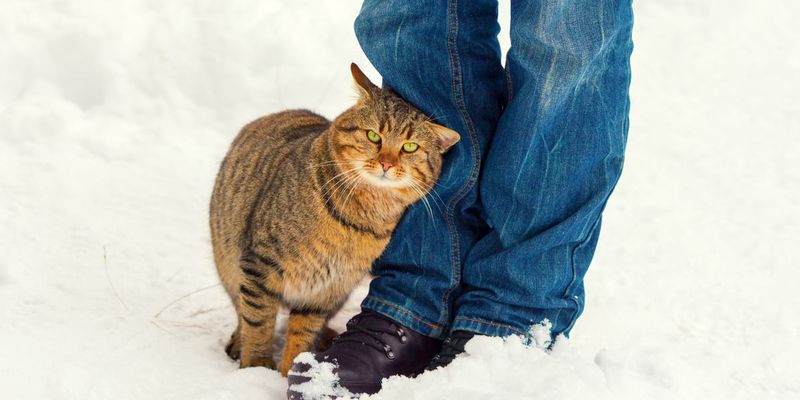
Felines express their emotional connection through physical contact rather than tears. A cat experiencing separation anxiety might greet you by rubbing against your legs or pressing their forehead against yours.
These affectionate gestures transfer scent markers that create a sense of security. When feeling emotionally vulnerable, cats seek proximity to trusted humans. Your cat’s desire to be near you during difficult times demonstrates their emotional bond more clearly than any tears could.
9. The Role Of Body Language
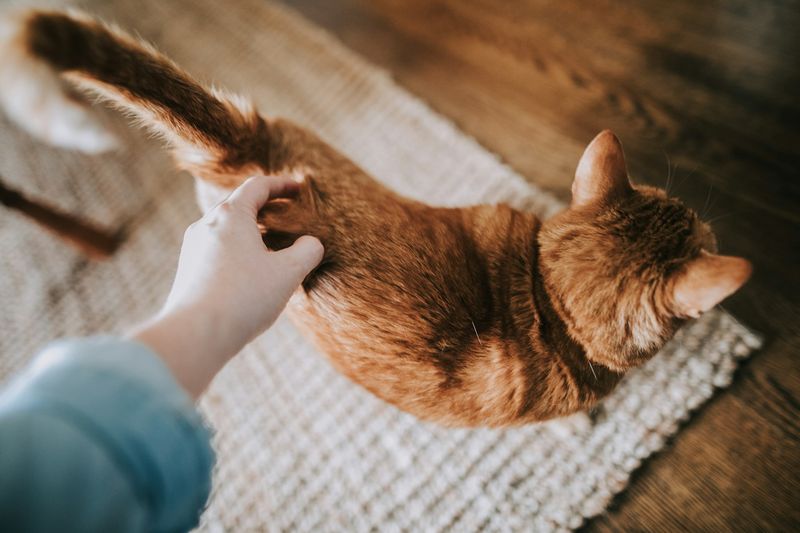
A cat’s emotional state becomes visible through their entire body. Ears flattened against the head signal fear or anxiety, while a slowly swishing tail indicates irritation or frustration.
Dilated pupils can reveal excitement or stress depending on context. When content, cats hold their tail upright with a slight curve at the tip. Learning to read these physical cues helps owners understand their cat’s feelings without expecting human-like emotional tears.
10. Emotional Sensitivity To Owners
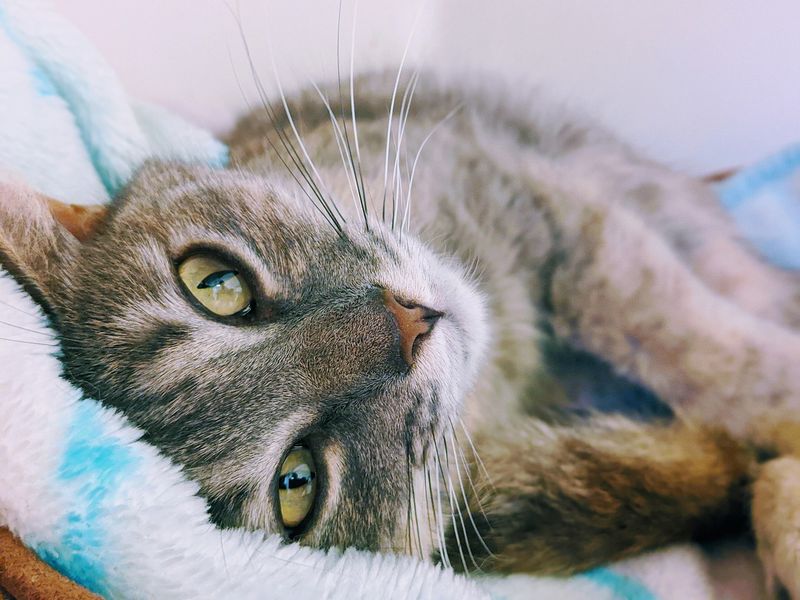
Cats possess remarkable empathy for their human companions. Studies show they often mirror their owner’s emotional states and may approach when they sense you’re feeling down.
Your feline friend might cuddle closer during your difficult moments or display unusual attentiveness when you’re sick. Though they won’t shed sympathetic tears, cats demonstrate emotional intelligence through behavioral changes. This sensitivity highlights the deep bond between humans and their feline companions.
11. Eye Irritation And Emotional States
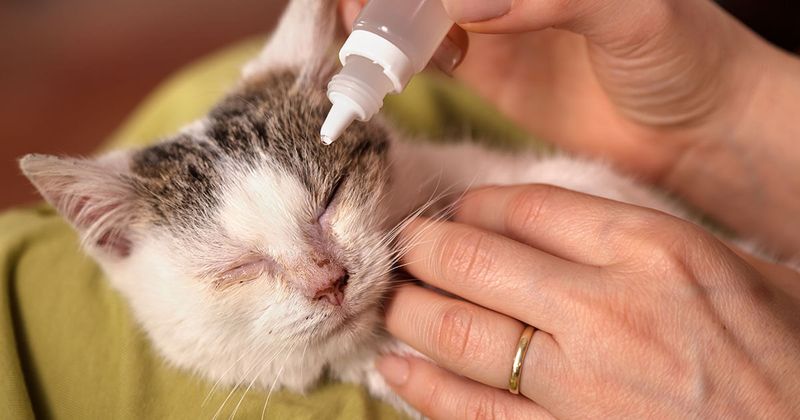
Environmental factors frequently cause watery eyes in cats. Dust, smoke, or allergens irritate the sensitive eye tissues, triggering increased tear production as a protective mechanism.
Coincidentally, these irritants might be present during emotionally charged situations. When your cat appears to cry during a stressful home renovation, the tears likely result from construction dust rather than emotional distress. Understanding this distinction helps prevent misinterpreting normal physiological responses.
12. Human Perception Of Cat Tears

Our tendency to anthropomorphize pets leads many owners to interpret normal feline eye discharge as emotional crying. This natural human bias comes from our own experience with tears as emotional expressions.
While cats don’t cry from sadness, this misconception often strengthens the human-animal bond. Owners who believe their cats cry emotionally may respond with increased affection and attention. Ironically, this misunderstanding can lead to better care for cats experiencing actual distress.





